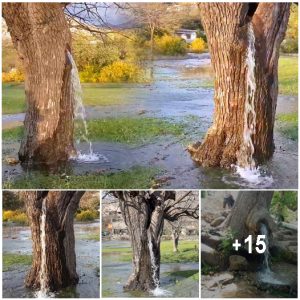The vibrant and enchanting red hibiscus, also known as “atiso đỏ” in Vietnamese, is a stunning flower that graces gardens and landscapes across the world. Its striking beauty and cultural significance make it a favorite among flower enthusiasts and horticulturists. In this article, we will explore the captivating world of the red hibiscus, from its appearance and symbolism to its many uses.

Appearance: The red hibiscus is known for its striking and captivating appearance. Its petals are a brilliant shade of crimson, with a prominent, trumpet-like structure that gives the flower a distinct, tropical allure. The petals often have a slightly ruffled texture, adding to the flower’s charm. The hibiscus typically features a prominent yellow stamen in the center, which contrasts beautifully with its red petals.

Symbolism: In various cultures around the world, the red hibiscus holds special symbolism and significance. In Vietnam, the red hibiscus is associated with purity and joy. It is often used in traditional ceremonies and celebrations. In many countries, it is also seen as a symbol of love and delicate beauty. Additionally, in Hawaiian culture, the hibiscus, in general, is the state flower and represents the welcoming and inviting spirit of the islands.

Uses: The red hibiscus is not only admired for its aesthetic appeal but also valued for its numerous practical uses. One of the most popular applications of the hibiscus flower is in herbal teas. Hibiscus tea, often referred to as “bụp giấm” or “sour soup” in Vietnam, is made by infusing dried hibiscus petals in hot water. This tea is known for its tangy and refreshing taste, as well as its potential health benefits. It is rich in vitamin C and antioxidants and is believed to have various medicinal properties.


Apart from its use in teas, the red hibiscus is also employed in the cosmetic and pharmaceutical industries. Its extracts are used in shampoos, conditioners, and skincare products due to their soothing and moisturizing properties. Moreover, hibiscus petals can be used to create natural dyes for fabrics and food products.

Cultivation: Cultivating red hibiscus is relatively easy, as it is a hardy and adaptable plant. It thrives in tropical and subtropical regions, where it can be grown both in gardens and as potted plants. The hibiscus requires well-drained soil and plenty of sunlight. Regular pruning helps maintain a bushy and healthy appearance, and it encourages the plant to produce more flowers.





